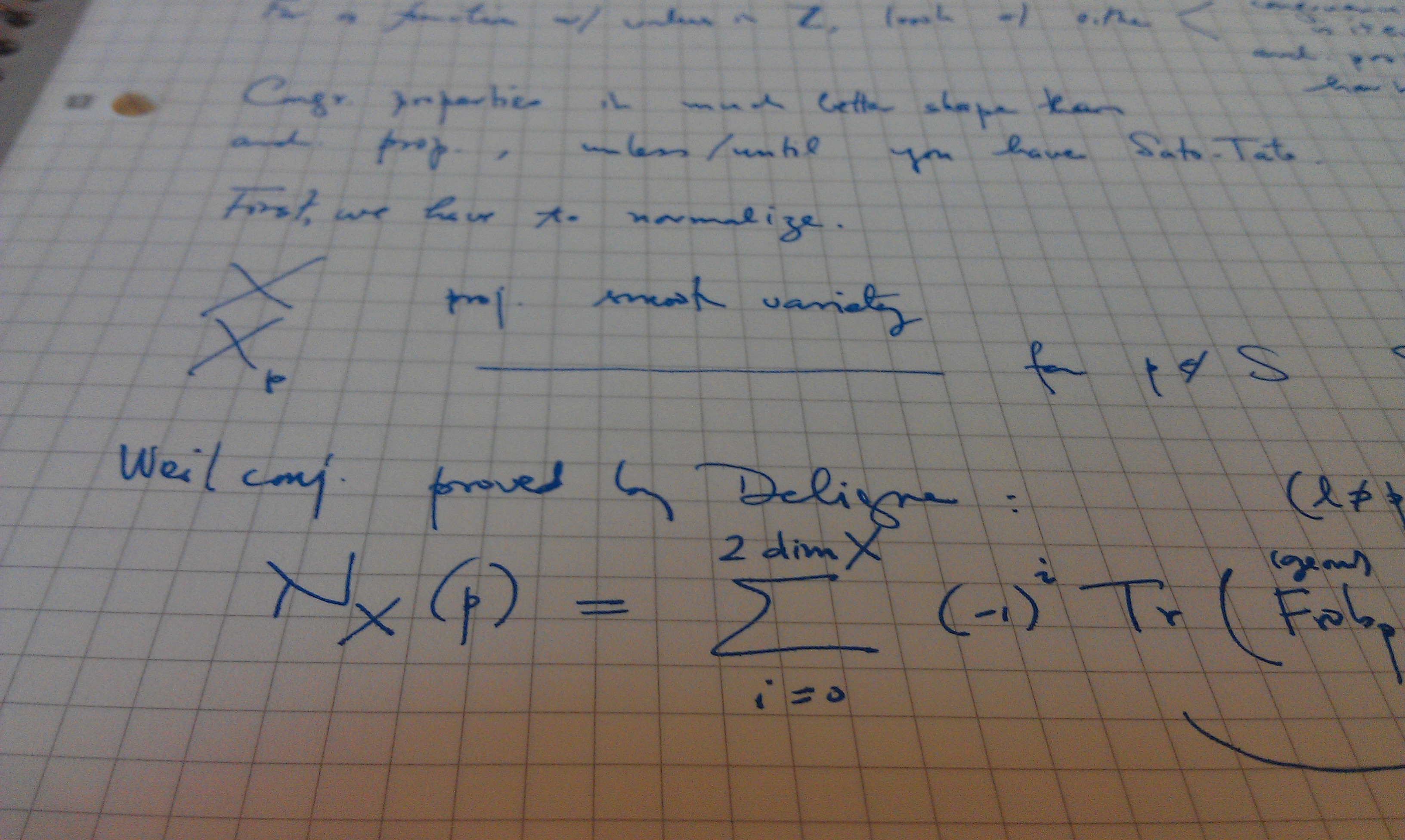Flow injection hydride generation electrothermal atomic absorption spectrometry with in-atomizer trapping for the determination of lead in calcium supplements
Publication Date
2000
Journal or Book Title
TALANTA
Abstract
Lead hydride was generated from acid solution, containing potassium ferricyanide as an oxidizing agent, by the reaction with alkaline borohydride solution. The effects of reaction conditions (hydrochloric acid, ferricyanide and borohydride concentrations), and the lengths of reaction and stripping coils were studied. The effects of trapping temperature and argon flow rate were also investigated. Under the conditions giving the best peak area sensitivity, the detection limit (concentration giving a signal equal to three S.D. of the blank signal) was 0.12 μg l−1 for a 1000 μl injection volume. The detection limit was improved to 0.03 μg l−1 when the ferricyanide was purified by passage through a cation-exchange resin. Two calcium supplement materials were analyzed by the flow injection (FI)-hydride generation (HG)-electrothermal atomization atomic absorption spectrometry (ETAAS) method, giving values of 0.55 and 0.66 μg g−1, in agreement with results obtained by previously validated methods. For a 500-mg sample the limits of detection and quantification were 0.006 and 0.02 μg g−1, respectively.
Pages
403-410
Volume
52
Issue
3
Recommended Citation
Tyson, JF; Ellis, RS; Carnrick, G; and Fernandez, F, "Flow injection hydride generation electrothermal atomic absorption spectrometry with in-atomizer trapping for the determination of lead in calcium supplements" (2000). TALANTA. 335.
Retrieved from https://scholarworks.umass.edu/math_faculty_pubs/335

Comments
The published version is located at http://www.sciencedirect.com/science?_ob=ArticleURL&_udi=B6THP-40MT5FF-4&_user=1516330&_coverDate=06%2F30%2F2000&_rdoc=1&_fmt=high&_orig=gateway&_origin=gateway&_sort=d&_docanchor=&view=c&_searchStrId=1699842615&_rerunOrigin=google&_acct=C000053443&_version=1&_urlVersion=0&_userid=1516330&md5=fee31ecfe1fd19d5963179a2bf2a4cae&searchtype=a